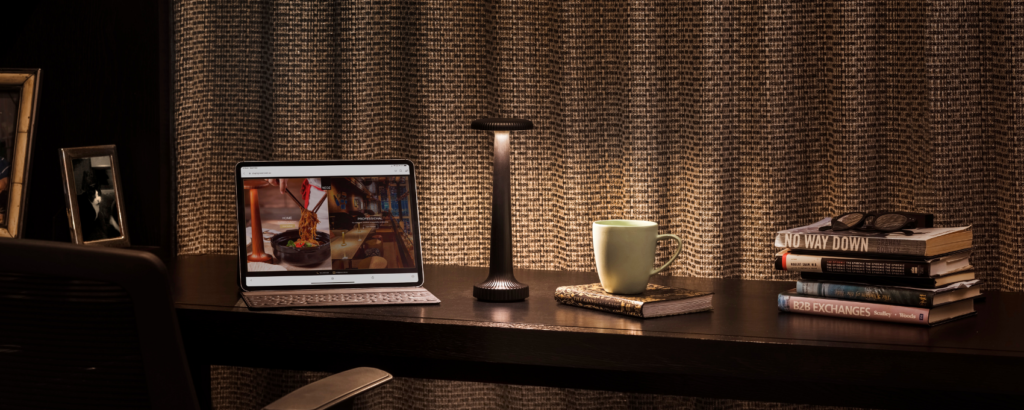How to Create the Perfect Home Office Lighting Setup
Remote work undoubtedly enhances productivity and improves efficiency, provided you have a good home office setup. When it comes to a good home office setup, multiple factors pop up in our minds- from a comfortable chair, spacious table, and peaceful surroundings to proper lighting and illumination.
Yes, even lightning matters a lot in your workplace. Poor office lighting affects the mood, puts strain on the eyes, and can cause headaches, ultimately leading to poor productivity. An illuminated office setup makes the work enjoyable and enhances productivity.
So, when designing your home workspaces, you must consider efficient lighting as it helps improve the overall focus and concentration level while working. You can create a layered lighting design by incorporating ambient lighting at the ceiling level, task lighting at the desk level, and accent lights between the desk.
Or,
Consider ceiling lighting by hanging pendant lights.
We have put together some effective tips to drive the perfect home office lighting setup.
- Prioritise Task Lighting
Task lighting plays a vital role in any workstation that involves focus-intensive tasks. Task lighting illuminates and focuses on the specific task you are performing. It enhances concentration and reduces eye strain.
Task lamps often come in an adjustable or articulated format designed to support a variety of tasks. If your home office has multiple workstations—for instance, a desk for a computer, a section for paperwork, and a table for printing—set up dedicated task lighting for each station.
Also, you must pick the lights with dimmers while choosing the task lights. These dimmers help you control the intensity of the light while performing activities like reading, writing, or working on the computer.
You can also consider cordless bedside lamps with dimmers if you are more into focused tasks – like reading novels or knitting.
- Set the light at the right angle
The next point to ponder while picking the lighting source for your home office is considering the source from where your light is coming.
When you set the lights on the right angle, it helps you avoid glare and shadows. A light source behind your work area will certainly create an annoying glare on your monitor. For instance, when you type on the keyboards, you may cast shadows if the task light is not placed well.
- Accent Desk Lamp or Focused Lighting
Are you looking for focused lighting in your home office? The accent desk lamp comes in various classy designs – to suit your room décor perfectly. The most popular design is the natural bark wood desk lamp. These wooden battery-operated lamps align perfectly with the work table in a rustic teak finish enhancing the room’s interiors. You can also consider keeping a metal unit with open bookshelves beside the workstation to stay organised without obstructing the natural light that gently seeps in through the window. This focused lighting enables you to concentrate more and enhance your productivity to work during the evenings or late at night.
- Corrective Light
Most working professionals often complain about their eye strain and migraines. These issues are common when you work on a computer all day.
Well, what if you get to know that the corrective lights can help you get rid of these issues? Yes, these lights, placed behind a monitor or screen setup, can help ease the bright glare stemming from that screen leading to less strain on your eyes.
You can also think about combining the corrective and ambient light if possible.
Other Points to Consider While choosing the lightning for Home Office
- Consider the glare – The glares can be of two types, reflected glare and direct glare. Some common sources of reflected glare are lustrous furniture and computer monitors. Light fixtures cause direct glare in the wrong place or direct sunlight.
- To correct direct glare and sit the right lighting, you must consider shifting the room fixtures to the other side. Ensure you turn the fixtures in a position where the light is reflected far from you and not towards you.
- Use the corrective lighting to correct the excessive glare.
- Ensure the lights are well distributed and uniformly lit in your workplace.
- Lastly, don’t miss your room’s décor and wall paint. Super bright or glossy wall paint can cause glare if you set the extra feisty light. The balance matters!
